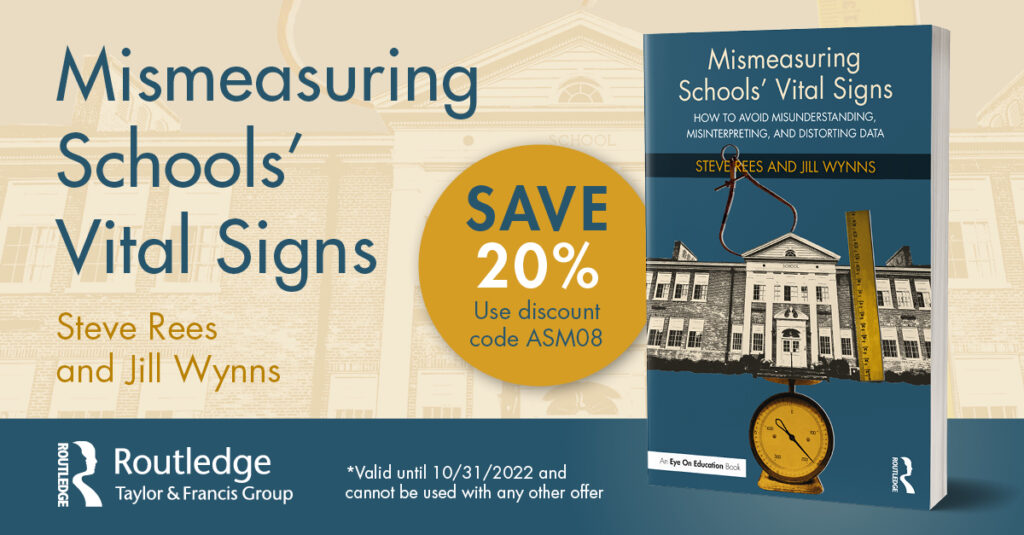Chapter 3
The hidden hazards of interpreting graduation rates
Table of Contents
Chapter 3 Overview
This chapter looks at the factors that make comparing graduation rates precarious. States set graduation requirement minimums. Then districts layer their own requirements on top of their state’s. Some schools do the same. The results make comparability elusive. Credit recovery programs in some districts give struggling students a boost. But in too many districts, credit recovery has become a way to falsify student learning. Dropouts are at times hard to identify. Finally, continuation high schools’ vital signs remain invisible. Success for their students can’t be reduced to obtaining a diploma in four years.
Chapter 3 Excerpt
Chapter 3 References
Chiatovich, Tara and Elizabeth Rivera Rodas, “Developing an Early Warning Indicator System in a High-Poverty Urban Context,” 2016. SDP Fellowship Capstone Report.
Larsen, Matthew F., “High-School Exit Exams Are Tough on Crime,” Education Next, summer 2020 (vol. 20, no. 3).
Malkus, Nat, “Practice outpacing policy? Credit recovery in American school districts,” American Enterprise Institute, November 21, 2019.
Mathews, Jay, Class Struggle: What’s Wrong (and Right) with America’s Best Public High Schools, Three Rivers Press (1999), 320 pages.
Ruiz de Velasco, Jorge and Daisy Gonzales, “Accountability for Alternative Schools in California,” Policy Analysis for California Education (February 2017).
Rumberger, Russell W., Dropping Out: Why Students Drop Out of High School and What Can Be Done About It, Harvard University Press (2011), 400 pages.
U.S. Department of Education, “Every Student Succeeds Act High School Graduation Rate Non-Regulatory Guidance,” January 2017, 32 pages.

Carol Ann Gittens – Dean, Kalmanovitz School of Education at Saint Mary’s College of California

